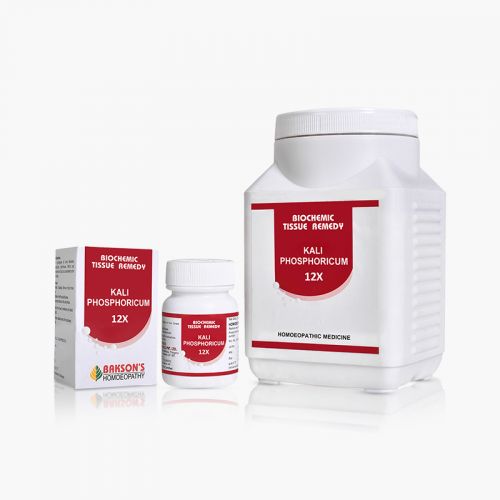We use cookies to make your experience better. To comply with the new e-Privacy directive, we need to ask for your consent to set the cookies. Learn more.
What is Typhoid Fever?
Typhoid fever, also called enteric fever, is characterized by systemic illness along with abdominal pain and fever in a "step-ladder" pattern. It is caused by Salmonella typhi and Salmonella paratyphi. Enteric fever is a cumulative term that includes both typhoid and paratyphoid fever.
The virulence of Salmonella is determined by typhoid toxin, Vi antigen (polysaccharide capsule), liposaccharide O antigen, and flagellar H antigen.
According to the most recent estimates, between 11 and 21 million cases and 128 000 to 161 000 typhoid-related deaths occur annually worldwide. The disease is prevalent in temperate and tropical climates and is associated with sanitation, sewage and water treatment systems. The incidence is more in developing countries.
Causes
The main causative agent of typhoid fever is Salmonella typhi and Salmonella paratyphi, The bacteria is transmitted by the faeco-oral route through contaminated water, undercooked foods, fomites of infected patients, and is more common in areas with overcrowding, social chaos, and poor sanitation.
Also, the use of broad-spectrum antibiotics destroys the normal flora which amplifies the incidence of typhoid fever.
Sign and symptoms
Typhoid is an infectious disease that presents with nonspecific symptoms. Patients complain of enterocolitis (more prominent in S.typhi) after 12 hours to 48 hours of inoculation. The initial presenting symptoms are nausea, vomiting that progresses to diffuse abdominal pain, bloating, anorexia, and diarrhoea which is followed by a short asymptomatic phase that gives way to bacteraemia and fever with flu-like symptoms.
Classic typhoid fever starts almost one week after the ingestion of the organism and it follows a "step- ladder" pattern (rises one day, falls the subsequent morning, and continues to form peaks and troughs with insidious onset).
On physical examination, fever may be accompanied by a decreased heart rate. Abdominal distention is pronounced in the second week with signs like tenderness, rigidity and guarding of the abdomen when ileal perforation occurs. Weight loss and anorexia occurs in the third week of the illness due to bowel perforation. In the endemic areas, neurological manifestations like delirium, psychosis, insomnia and confusion are seen.
Diagnosis
The diagnosis is clinical and people residing in areas with poor sanitation facilities and give a history of travel from endemic areas presenting with febrile illness for more than three days along with GIT symptoms like pain, constipation/diarrhoea are suspicious.
Following laboratory investigations may be useful-
- Blood culture: Blood culture remains the primary mechanism of confirmation of a typhoid fever diagnosis and remains one of the most commonly performed test during secondary bacteraemia.
- Stool Culture: It is diagnostic in the second and third weeks.
- Bone marrow: Gold standard test for typhoid diagnosis
- WIDAL test: It is a serological test for enteric fever which detects antibodies against O (surface) and H (Flagellar) antigens.
General management
Symptomatic and supportive care is the mainstay of treatment. Maintaining proper hydration during diarrhoea is important. Safe drinking water and sanitation facilities can reduce the incidence of the disease.
Warning: Above information provided is an overview of the disease, we strongly recommend a doctor's consultation to prevent further advancement of disease and/or development of complications.
Disclaimer: The information provided herein on request, is not to be taken as a replacement for medical advice or diagnosis or treatment of any medical condition. DO NOT SELF MEDICATE. PLEASE CONSULT YOUR PHYSICIAN FOR PROPER DIAGNOSIS AND PRESCRIPTION.
- ARNICA MONTANA 30₹ 100.00
- BAPTISIA TINCTORIA 30₹ 100.00
-
- BCT # 11 (PYREXIA)-250TABSpecial Price ₹ 84.00 Regular Price ₹ 105.00
- BRYONIA ALBA 30₹ 100.00
-
- RHUS TOXICODENDRON 30₹ 100.00










